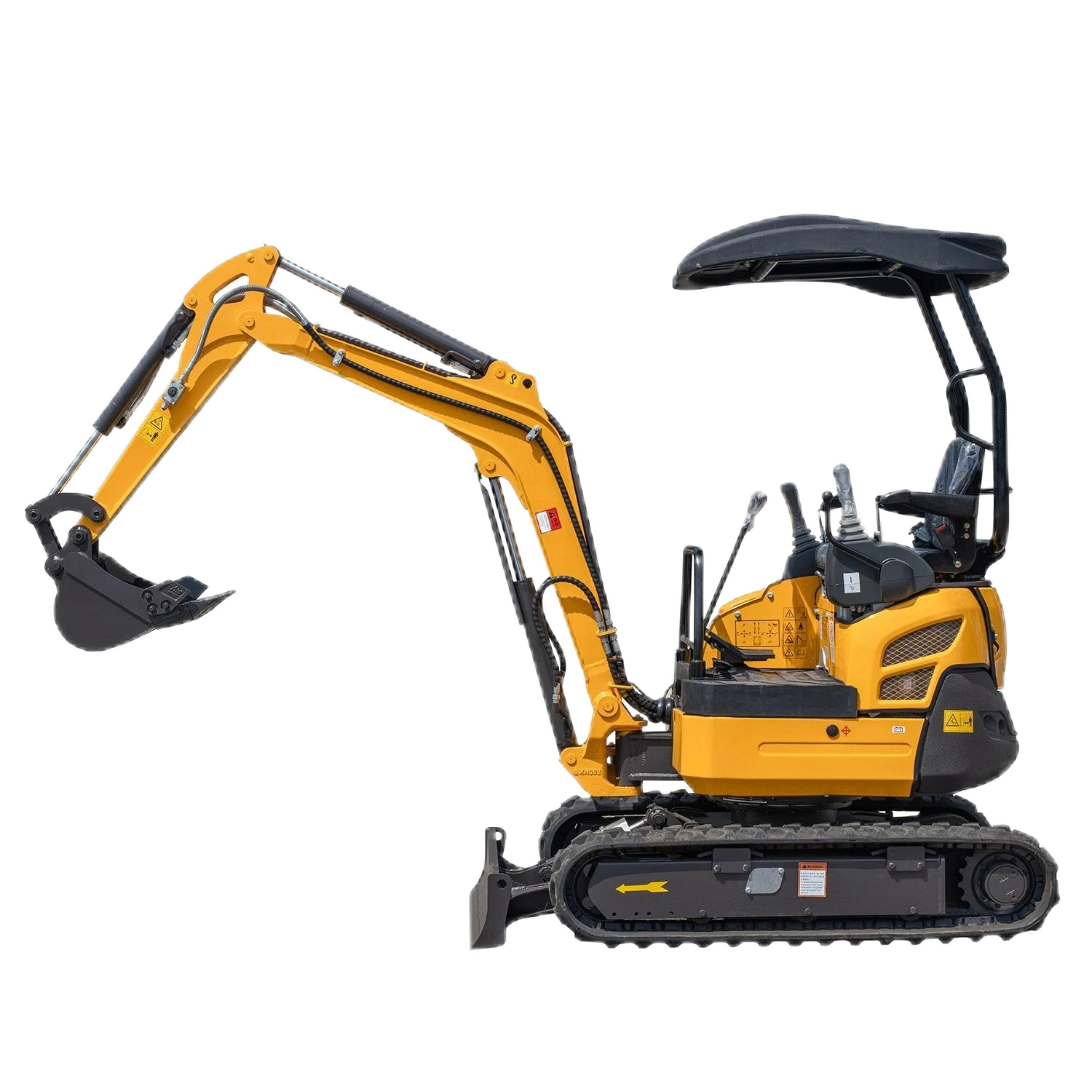"Excavator" usually refers to a excavator, which is a heavy construction machinery widely used in engineering construction, mining, earthwork operations and other fields. The following is a detailed introduction from multiple aspects:

I. Definition and Applications
- Definition: An excavator is an earth-moving machine that uses a bucket to excavate materials and load them into transport vehicles or unload them to a stockpile. It consists of components such as a power unit, working equipment, slewing mechanism, and control mechanism.
- Main Applications:
- Engineering Construction: For example, when building roads, bridges, and houses, it is used to excavate foundation pits, trenches, and transport soil and rocks.
- Mining: Excavating ores, stripping topsoil, and cooperating with other equipment for mineral resource development.
- Agriculture and Water Conservancy: Farmland renovation, canal excavation, river dredging, etc.
- Disaster Relief: In disasters such as earthquakes and floods, it is used to clear debris and dredge roads.
II. Classification and Characteristics
(1) Classification by Travel Mode
- Crawler Excavator:
- Characteristics: The crawler has a large ground contact area, excellent cross-country performance, and is suitable for operations in muddy and rough terrains with strong stability.
- Application Scenarios: Complex road conditions such as mines and construction sites.
- Wheel Excavator:
- Characteristics: The tires have fast driving speed and convenient transfer, suitable for operations on hard surfaces such as highways and urban roads, but with weak cross-country ability.
- Application Scenarios: Municipal engineering, road maintenance, etc.
(2) Classification by Working Equipment
- Front Shovel Excavator:
- Characteristics: The bucket faces upward, suitable for excavating materials above the parking surface, with strong excavation force.
- Application Scenarios: Open-pit mining, large-scale earthwork projects.
- Backhoe Excavator:
- Characteristics: The bucket faces downward, used for excavating materials below the parking surface, with flexible movements, and is the most common type.
- Application Scenarios: Foundation pit excavation, river dredging.
- Grapple Excavator:
- Characteristics: The grapple is shell-shaped and can grab loose materials or heavy objects.
- Application Scenarios: Loading and unloading stones, garbage disposal.
(3) Classification by Tonnage
- Mini Excavator: Tonnage < 5 tons, with a compact body, suitable for operations in narrow spaces (such as interior decoration, small farmland).
- Small Excavator: 5-20 tons, commonly used in municipal engineering and rural construction.
- Medium Excavator: 20-40 tons, the main model in engineering construction, with a wide range of applications.
- Large Excavator: >40 tons, mainly used for high-intensity operations such as mines and large water conservancy projects.
III. Working Principle
- Power System: Usually powered by a diesel engine, and the power is transmitted to each working component through a hydraulic system.
- Hydraulic System: Uses the pressure of hydraulic oil to drive the movement of components such as the bucket, boom, and stick, realizing actions such as excavation, lifting, and slewing.
- Operation Control: The driver controls the opening and closing of hydraulic valves through joysticks or buttons to adjust the movement speed and direction of each component.
IV. Safe Operation and Maintenance
- Key Points of Safe Operation:
- Check whether each component of the equipment (such as tires, crawlers, hydraulic system) is normal before operation.
- Avoid driving or operating laterally on slopes to prevent rollover.
- Ensure that there are no personnel around when excavating, and no one is allowed to stand within the slewing radius.
- Maintenance:
- Regularly replace engine oil and hydraulic oil, and clean filters.
- Check the tension of crawlers and the tightness of bolts, and lubricate each hinge point in a timely manner.
- When parking for a long time, park on a flat ground and take dustproof and moisture-proof measures.
V. Industry Development Trends
- Intelligence: Equipped with GPS positioning and automatic control systems to achieve precise operations; some models support remote control to improve safety in dangerous environments.
- Electrification: Electric excavators are gradually emerging, with the advantages of low noise and zero emissions, suitable for urban environmental protection projects.
- Large-scale and Specialized: The tonnage of mining excavators continues to increase, and special models are developed for special working conditions (such as submarine excavation and tunnel construction).





